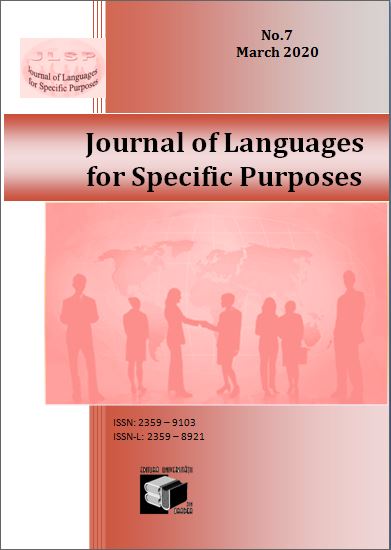Africa Us Trade Agreements
AGOA also called on the President to encourage non-governmental organizations and the private sector to hold similar annual meetings and invited the President to ask U.S. delegates to promote hiv/AIDS review in each sub-Saharan African country and the impact on economic development. He called for the President to meet at least every two years with the heads of government of sub-Saharan Africa to discuss the development of trade and investment relations, and the first meeting should take place within one year of its adoption. “Kenya`s apparently unilateral decision to join the ABC is largely motivated by its past experience in negotiating joint agreements.” The Enhanced Integrated Framework (IEF) is the main multilateral initiative for trade capacity building. It is a process that helps least developed countries (LDCs) integrate trade issues into their national development strategies. The EIF process begins with a diagnostic study on the challenges and opportunities of trade in the least developed countries and aims to better target and coordinate the assistance of all donors. Six international institutions cooperate within the EIF, including the International Monetary Fund (IMF), the International Trade Centre (IUCT), UNCTAD, the United Nations Development Programme (UNDP), the World Bank and the WTO. The EIF is funded by a multi-donor trust fund made up of voluntary contributions from multilateral and bilateral donors. In April 2012, the total amount of contributions to this trust fund amounted to $165.1 million, of which $600,000.68 was provided by the United States.
To this end, USAID is funding an international business linkage program, South African International Business Linkages (SAIBL), implemented by the Corporate Council on Africa. SAIBL helps black South African companies develop business plans, obtain certification from the International Organization of Standards (ISO), participate in U.S.-led trade delegations, trade shows in the United States, and identify export financing from the public and private sectors. It also supports U.S. companies by identifying trade and investment opportunities in South Africa, directing U.S. companies to appropriate government and private contacts, and identifying sources of financing. USAID previously funded a similar west African liaison program, the West African International Business Linkages (WAIBL), but no longer funded the program. Regional malls do many of the same types of activities as SAIBL, except that they focus more on promoting trade in general and not just on exports to the United States. Eggert, Jessica. “Africa that the media never show you.” Mr. Mashable. (Call april 18, 2017).
mashable.com/2015/07/07/the-africa-media-never-shows-you/ In order to ensure effective implementation, the AU will establish an AfCFTA secretariat, consisting of an African Economic Council, a trade observatory and a dispute resolution body. The U.S. Trade and Development Agency, 2010 Annual Report. Examples of USTDA-specific projects in the SSA are available on the USTDA website at www.ustda.gov/program/regions/subsaharanafrica/. USTR`s Office of African Affairs develops and coordinates U.S. trade and investment policies for the 49 countries in sub-Saharan Africa. She leads the negotiation and implementation of U.S. trade and investment policies and objectives in the region. The government`s objective is to develop U.S. markets for goods and services in sub-Saharan Africa and to support efforts to promote Africa`s economic development through enhanced international, regional and bilateral trade. According to the International Monetary Fund, many of the world`s fastest growing economies are in sub-Saharan Africa.





